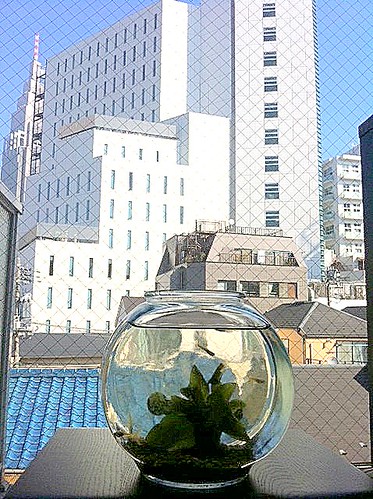Okay, so I just barely got this one out. Better late than never, though, I suppose.
So, first I took the phrase “August is the best time to” and typed it into Google, then did a screenshot of every answer option screen I got up until “J,” which was weird enough that it needed a graphic to go along with it.
Surprisingly, Indian travel options came up twice, once with Goa and once with Jaipur, neither of which I knew of before this exercise.
This is of course part of the August gif-a-thon started by Talky Tina. I’ll dedicate this here gif to her! Also, I will dedicate the fact that I have no idea who Jonathan Rhys Meyers is to her. He is obviously a different being than Jonathan Rhys-Davies. Ahem.






